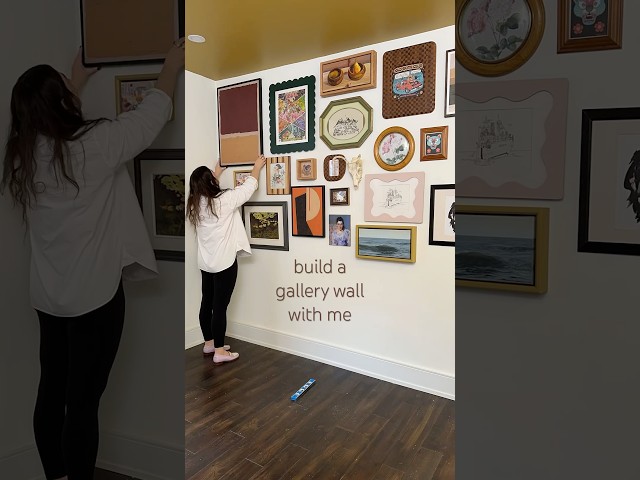There comes a time in every homeowner’s life when the bathroom or kitchen tiles no longer look as fresh as they once did. The color may have become dated, or the tiles may simply be showing signs of wear and tear. Rather than undergoing a costly and labor-intensive replacement, repainting your tiles can be a cost-effective and creative solution.
Preparation Is Key
Before you even think about picking up a paintbrush, preparation is vital. Start by thoroughly cleaning the tiles and grout lines. Use a heavy-duty cleaner to remove any grime, mold, or mildew. A mixture of water and vinegar can also work wonders. After cleaning, rinse the tiles with water and allow them to dry completely. This will ensure that the paint adheres properly.
Next, sand the tiles lightly using fine-grit sandpaper. This step helps to create a rough surface that encourages paint adhesion. Wipe off any dust created during the sanding process with a damp cloth, and let the tiles dry again.
Choosing the Right Paint
When it comes to tile painting, the choice of paint can make or break your project. Opt for a paint specifically designed for high-moisture areas. Epoxy paint and acrylic latex paint are popular choices. Epoxy paint is highly durable and resistant to moisture, making it ideal for bathroom tiles. Acrylic latex paint is easier to work with and more forgiving, especially for those new to DIY projects.
Applying Primer
Once your tiles are prepped and your paint is chosen, it’s time to apply a primer. A good quality primer will act as a base coat, helping the paint to adhere better and last longer. Look for a primer that’s suitable for tiles and the type of paint you’ve chosen.
Apply the primer using a paintbrush for the grout lines and a roller for the tile surfaces. Make sure to cover all areas evenly. After applying the primer, allow it to dry according to the manufacturer’s instructions before moving on to the painting phase.
Painting Your Tiles
With your primer set, you’re ready to paint. Use a small paintbrush for the grout lines and a roller for the tile surfaces to ensure even coverage. For the best results, apply two to three thin coats of paint rather than one thick layer. This helps to prevent drips and ensures a smoother finish. Allow each coat to dry fully before applying the next one.
If you’re feeling adventurous, you can use stencils to add patterns or designs to your tiles. This is a great way to personalize your space and make it unique.
Sealing the Deal
To protect your newly painted tiles and extend their longevity, seal them with a clear water-based urethane sealer. This will provide a protective barrier against moisture, grime, and daily wear and tear. Apply the sealer according to the manufacturer’s instructions, ensuring even coverage across all tiles and grout lines.
Maintenance Tips
Proper maintenance will keep your painted tiles looking pristine for years. Avoid harsh chemical cleaners that can damage the paint; instead, opt for mild, non-abrasive cleaners. Regularly wipe down your tiles with a damp cloth to keep them clean and fresh.
- Using a soft sponge or cloth rather than harsh scrubbing pads.
- Immediately wiping up any spills to prevent staining.
- Touching up any chips or scratches in the paint as soon as they occur.
- Reapplying the protective sealer every one to two years.
Final Thoughts
Repainting your tiles is a cost-effective and straightforward way to breathe new life into your bathroom or kitchen. With the right preparation, materials, and techniques, you can achieve a fresh, modern look that’s uniquely yours. Not only will it save you money compared to a full tile replacement, but it also offers a fantastic opportunity to unleash your creativity. So go ahead, pick up that paintbrush, and transform your space.


















